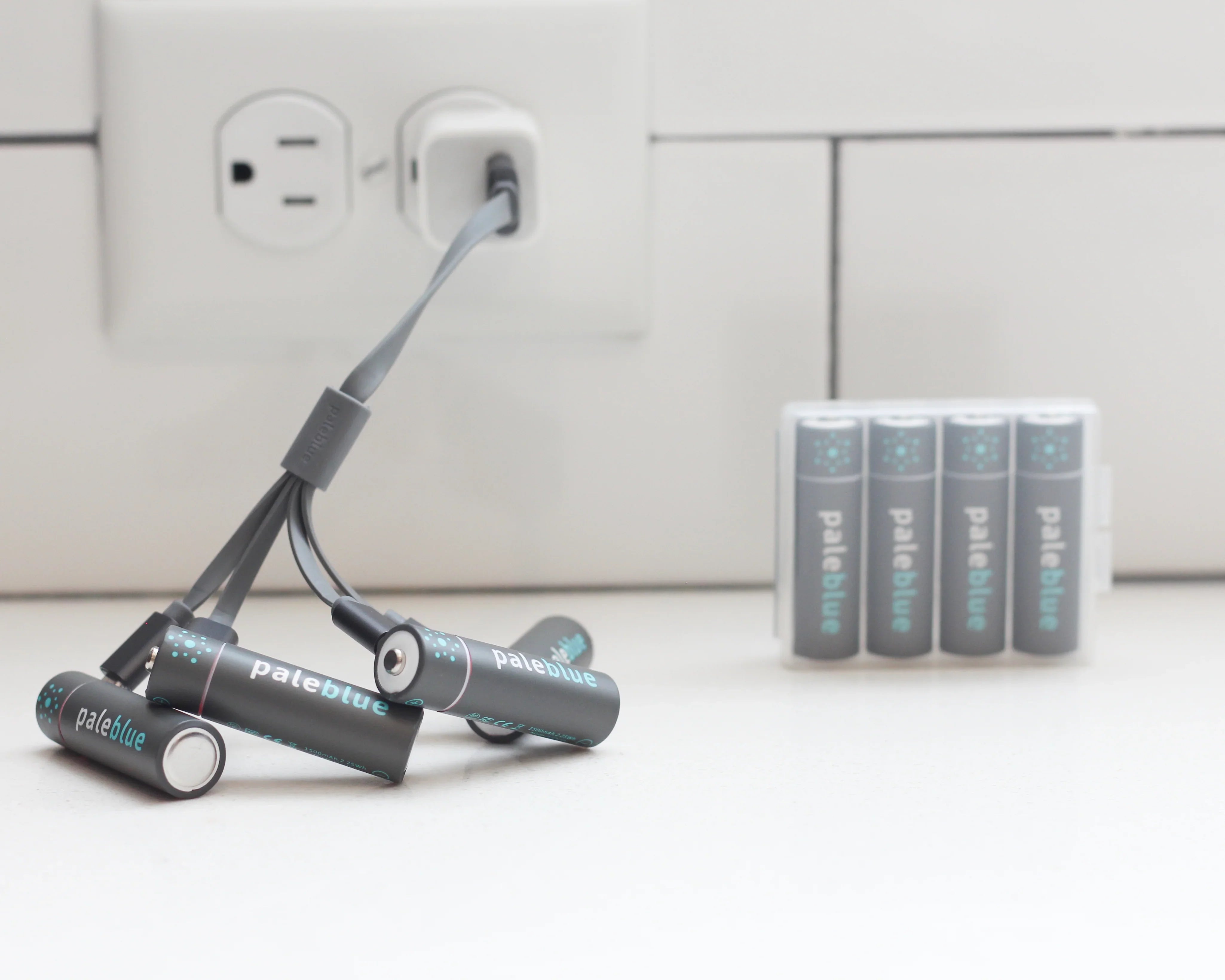Will Future EVs Run on Lithium-Ion Batteries

We get excited when people make the connection between our USB rechargeable batteries and the lithium-ion batteries now being installed in electric vehicles (EVs). While there are some significant differences between the two types of batteries, their lithium-ion foundations are the same. Yet future EVs may not run on li-ion batteries at all.
Tesla's 2020 Battery Day presentation focused on the company's development of structural batteries for their EVs. The presentation was everything we have come to expect from Tesla. Still, we couldn't help but wonder if structural batteries are the wrong way to go. There may be a better way to power EVs, a way that increases both range and efficiency.
How Lithium-Ion Batteries Work
Both our batteries and those used by Tesla are lithium-ion batteries. This is to say that the combination of lithium ions and an electrolyte produce electricity as the ions move from one side of the battery to the other.
When you charge one of our USB batteries, electricity from your charging device forces the ions from the positive side to negative side. The ions pass through the electrolyte as they move. When you install the battery in a device and turn the device on, you are reversing the process. Ions move from the negative side to the positive, creating an electrical charge.
The Structural Battery Concept
Tesla has taken the fundamental principles of lithium-ion batteries and applied them to building structural batteries for their cars. A structural battery is one that not only offers power, but also contributes to the structure of the device it powers. In Tesla's case, structural batteries can actually form the floor of a car. They do double duty this way.
Tesla hopes to reduce the overall weight of their cars and simultaneously improve range by taking advantage of structural batteries. Any structural component they can turn into a battery helps their cause. But there may be a better way to go.
Storing Energy in the Body
Researchers from around the world, including some from Imperial College London, have been researching the possibility of using a car's body to store electricity. It is an idea that has proved possible in concept. Now it is a matter of creating a workable model.
Imagine an EV with a fully carbon fiber body. It was discovered a few years ago that carbon fiber can store an electrostatic charge similar to a capacitor. As the thinking goes, figuring out a way to maximize the storage capacity of a carbon fiber body could eliminate the need for lithium-ion batteries altogether.
A successful design would allow for charging a battery-free EV using a standard wall socket. On the go, some of the friction energy (known scientifically as kinetic energy) produced by the car's motion could continually return electricity to the body. This would theoretically increase range between charges.
Already a Working Model
Scientists exploring the idea already have a working model to look at: automatic quartz watches. A modern automatic quartz watch is unlikely to have a lithium-ion battery. Instead, it has a capacitor that is kept charged via kinetic energy. As a person goes about his/her normal routine, every movement of the hand and wrist generates kinetic energy that gets stored in the capacitor. The watch never needs winding or manual charging.
Of course, doing the same thing with an EV is a lot more complicated. But we already know the principle works. Now it is a matter of scaling it up enough to make it workable for cars. And if scientists can do that, future EVs may not require lithium-ion batteries.
- Tags: Economical Sustainability







